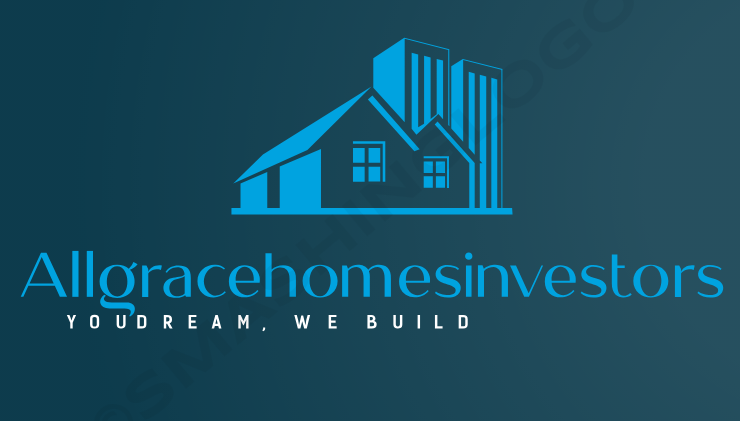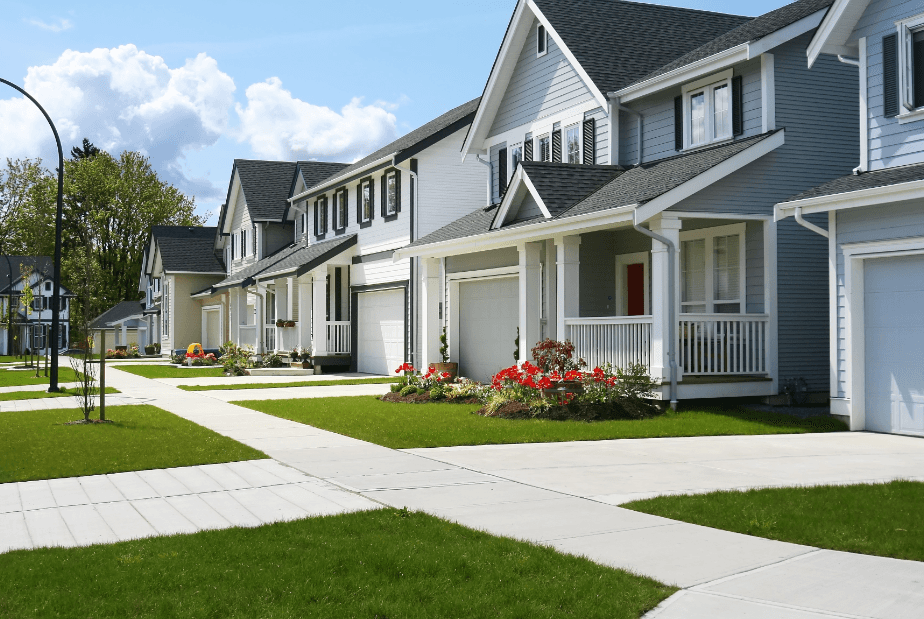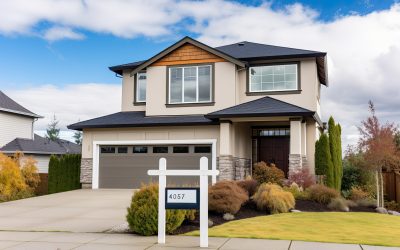
Sustainability is becoming an increasingly important factor in real estate. Many buyers and sellers are looking for homes that are energy-efficient and have a low environmental impact. Green building certifications, such as LEED and Energy Star, are becoming more common. Some builders are even going beyond these certifications and creating net-zero homes, which produce as much energy as they consume.
IThere are a lot of benefits to sustainable real estate. For example, sustainable homes often have lower operating costs and higher resale values. They also have a lower environmental impact, which is important for the health of our planet. Sustainability isn’t just about the physical structure of a home. It also includes things like walkability and access to public transportation.
Types of Sustainable Homes
LEED-CERTIFIED HOME
There are many different types, but one of the most common is the LEED-certified home. LEED stands for Leadership in Energy and Environmental Design. It’s a certification that is given to homes that meet certain standards for energy efficiency, water conservation, and the use of sustainable materials.
Awesome! A LEED-certified home must meet certain criteria in several categories. One category is called “Sustainable Sites,” which includes things like using native plants, managing stormwater runoff, and reducing the heat island effect. Another category is called “Water Efficiency,” which includes things like efficient irrigation and low-flow plumbing fixtures. The “Energy and Atmosphere” category includes requirements for efficient HVAC systems and the use of renewable energy sources.
MATERIAL AND RESOURCES
Another category is called “Materials and Resources,” which includes things like using recycled materials and using materials with low VOCs (volatile organic compounds). The last category is called “Indoor Environmental Quality,” which includes things like ventilation, daylighting, and low-emission paint and adhesives. As you can see, there are a lot of factors that go into making a home sustainable.
PASSIVE HOMES
Passive homes are designed to reduce the need for active heating and cooling, which saves a lot of energy. They’re highly insulated and airtight, and they rely on passive heat sources, like sunlight and the earth’s thermal mass. These homes can be a little more expensive to build, but they can save a lot of money on energy costs in the long run.
ZERO-NET-ENERGY HOMES
These homes produce as much energy as they consume. They use a combination of renewable energy sources, like solar panels and wind turbines, to generate power, and they use energy-efficient appliances and systems to reduce their overall energy use. They’re still pretty rare, but their popularity is growing.
NET-POSITIVE HOMES
These homes are similar to zero-net-energy homes, but they produce more energy than they consume. This means they’re actually adding clean energy to the grid. They’re even more rare than zero-net-energy homes, but their numbers are growing as technology improves.
GREEN RETROFIT HOMES
These are existing homes that have been upgraded to make them more sustainable. This can include things like adding insulation, improving air quality, and installing renewable energy systems.
Some Green Certifications and what they mean for a home’s sustainability:
There are a lot of different green certifications, but some of the most popular ones are LEED, Energy Star, and GreenPoint Rated.
- LEED stands for Leadership in Energy and Environmental Design, and it’s a rating system that evaluates a home’s sustainability in several categories, including energy use, water use, and indoor air quality. There are four levels of LEED certification: Certified, Silver, Gold, and Platinum. To get Certified, a home must meet the minimum requirements in several categories. To get Silver, Gold, or Platinum, a home must meet progressively higher standards in those categories. These categories include: sustainable site development, water efficiency, energy and atmosphere, materials and resources, and indoor environmental quality. Each category has specific requirements that must be met.
- Energy Star is a certification for energy-efficient homes, and it evaluates things like insulation, appliances, and lighting. A home can earn an Energy Star rating by meeting the minimum energy efficiency standards set by the U.S. Environmental Protection Agency. These standards are based on factors like the climate, the home’s size, and the type of heating and cooling system it uses. The Energy Star label means that the home is at least 15% more efficient than a standard new home.
- GreenPoint Rated is similar to LEED, but This is a rating system that’s specific to California, and it has two levels: GreenPoint Rated and GreenPoint Rated Platinum. To get the GreenPoint Rated level, a home must meet certain minimum standards in nine categories: site and water, energy, materials, air quality, resource conservation, global impact, health and safety, livability, and operations and maintenance. To get the GreenPoint Rated Platinum level, a home must meet even higher standards in those categories.
The requirements in each category. For example, in the site and water category, there are requirements for things like stormwater management, water-efficient landscaping, and efficient irrigation systems. In the energy category, there are requirements for things like lighting and heating systems. In the materials category, there are requirements for things like low-VOC paint and formaldehyde-free insulation.
Impact of Sustainability on a Home’s value
The cost of building a sustainable home. In general, building a green home will cost about 2 to 5% more than building a standard home. However, the cost of building a sustainable home can vary widely depending on factors like the size of the home, the climate, and the specific features that are included. Over time, a sustainable home will usually save money on utilities and maintenance costs, which can offset the initial cost of building the home.
IMPACTS
Impact on homes, In general, a sustainable home will have a higher resale value than a standard home. This is because more and more homebuyers are willing to pay extra for features like energy efficiency, water conservation, and indoor air quality. In addition, sustainable homes tend to have a longer lifespan and require less maintenance, which makes them more desirable to buyers.
The impact of sustainability on the environment. A sustainable home has a lower environmental impact in a number of ways. For example, a sustainable home will use less energy, which means it will produce fewer greenhouse gas emissions. In addition, a sustainable home is likely to use less water, which can help to conserve this precious resource. Finally, the materials used in a sustainable home are often more sustainable, which means they have a lower impact on the environment during production and disposal.
Key Takeaways
I’ll give you the three main takeaways from our conversation.
- . Building a sustainable home may cost a bit more up front, but the savings on utilities and maintenance, as well as the higher resale value, make it a worthwhile investment.
- A sustainable home has a number of environmental benefits, including lower greenhouse gas emissions and less water use.
- The quality of life in a sustainable home is often better, thanks to features like improved indoor air quality.
Bottom Line
A sustainable home has a number of benefits, including lower energy bills, higher resale value, and a lower environmental impact. These benefits make a sustainable home a smart investment for the future.



0 Comments